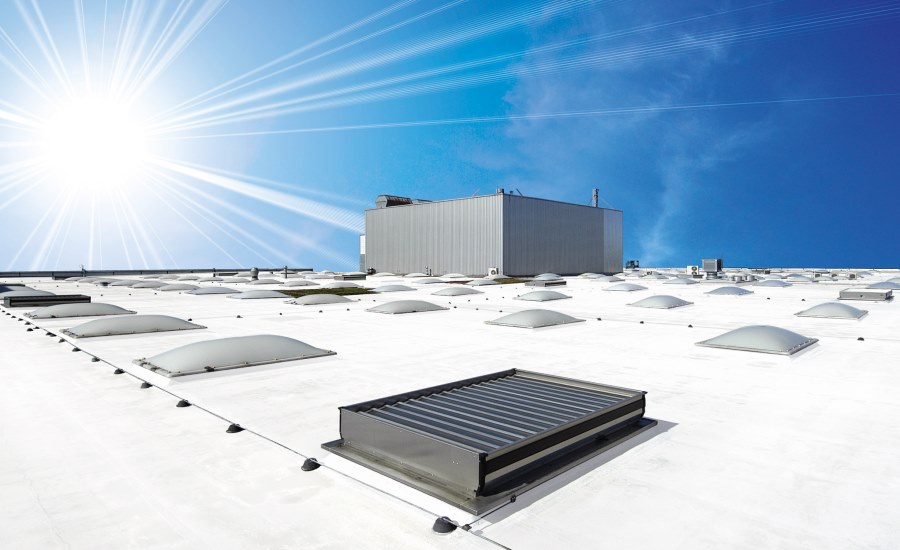Summers can be troublesome especially if your roof is not insulated. The roof and building stay exposed to the scorching heat of the Sun and get heated. This heats the room which takes longer to cool. The roof is made up of concrete which is a dense material, meaning doesn’t cool down easily. When the day begins to cool, the heat from the roof and walls radiates in the rooms. When the fan is switched on, the hot air from the roof circulates the hot air in the room.
- Prepare a shade for your roof
- False Ceilings
In buildings that are a work in progress, insulation can be built on the roof. Lightweight foam concrete panels are used to fill in the roof. They are also known as filler slab roofs. The advantages are – there is less consumption of concrete, the structural load is reduced, and the heat retained by the roof is under control.
Ballast Roofing Hire a roof installation service that does ballast roofing. This roofing involves a membrane to be spread over a roof deck with natural stones weighing them down in place. In this roofing system, the stones are used to hold the roof membrane in place while acting as an insulating barrier against the scorching sun. It acts like those old stone houses that stay cooler due to their thick walls. They are mostly inexpensive and can be combined with a rooftop garden to make it more effective.
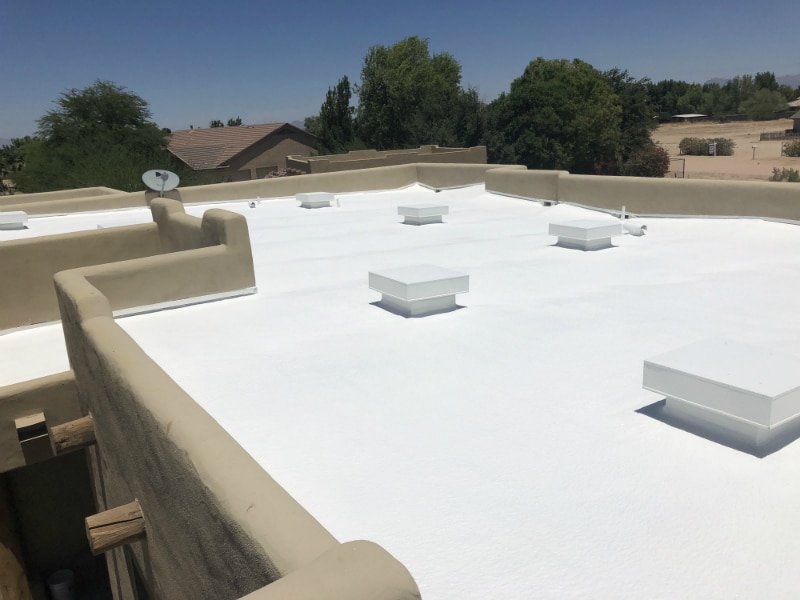
Ways to Cool Your Roof
- Ballasted roofing systems are roofs in which a membrane is laid on the roof deck and held in place by the weight of concrete pavers or natural stones, such as river stones. While ballasted roofing systems don’t meet current Energy Star guidelines for cool roofing options, they do meet the “cool roof” standard for Chicago, which has been one of the earliest adopters of rooftop gardens and other green roofing technologies.
- While a rooftop garden isn’t technically a “cool roof,” it achieves many of the same benefits as qualified cool roof products and reduces stormwater runoff to boot.
If you’d rather enjoy the benefits of a cool roof without the addition of new surface materials or coatings, consider a roof mist cooling system. Also called an evaporative cooling system, a roof misting system lowers surface temperatures by spraying an extremely small amount of water across the roof, allowing the water to cool the roof as it evaporates.
You have begun to see a slight increase in popularity thanks in part to newer manufactured tiles containing “cool-coloured” pigments. Developed through a partnership between the California Energy Commission, national research laboratories, and roofing manufacturers, these tiles are produced in earth-toned colours including brown, green, and terra cotta, and many qualify as Energy Star materials for steep-sloped roofs. The cost of these “cool-coloured” tiles is comparable to the cost of traditional roofing tiles
Unpainted metal roofs are naturally reflective (high solar reflectance), but they tend to hold heat in (low emissivity), so they are generally a better choice for steep roofs than for flat or low-sloping roofs, which receive more sunlight throughout the course of a day. A factory-applied cool roof coating can improve the heat releasing properties of a metal roof, enough so that some coated metal roofs are able to qualify as cool roofs.
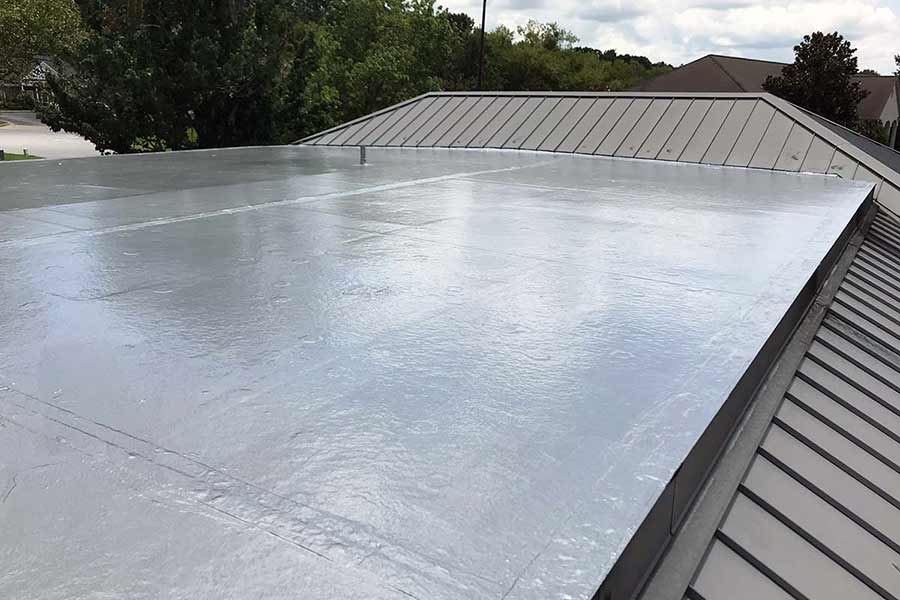
How to Beat The Summer Heat By Keeping the Roof Cool
- Grow a roof Garden
One of the best ways to keep the roof cool is by growing your own rooftop garden with green grass and potted plants. The green roof shades the building from direct sunlight while the mud within the potted plants and the lawn absorbs most of the heat that hits the roof. Before going for a roof garden, make sure that the roof is properly waterproofed so as to prevent any type of water seepage through the external walls or roof slab, which may cause damage to the building.
2. Paints the terraced white
Heat gain can be considerably reduced by turning the roof into a reflective roof surface. How?
- Paint the concrete floor with cool roof paints. These paints provide good thermal insulation by reflecting the sun’s rays and keeping the indoors cool. Brands such as Dr Fixit have such products on offer.
- A cost-effective way to keep the roof cool throughout summer is by coating the floor with white lime wash, locally known as chuna. One drawback with using lime wash is that it gets washed away during the monsoon season, hence reapplication is required every summer.
- For a more permanent solution one can install white ceramic or porcelain tiles on the roof.
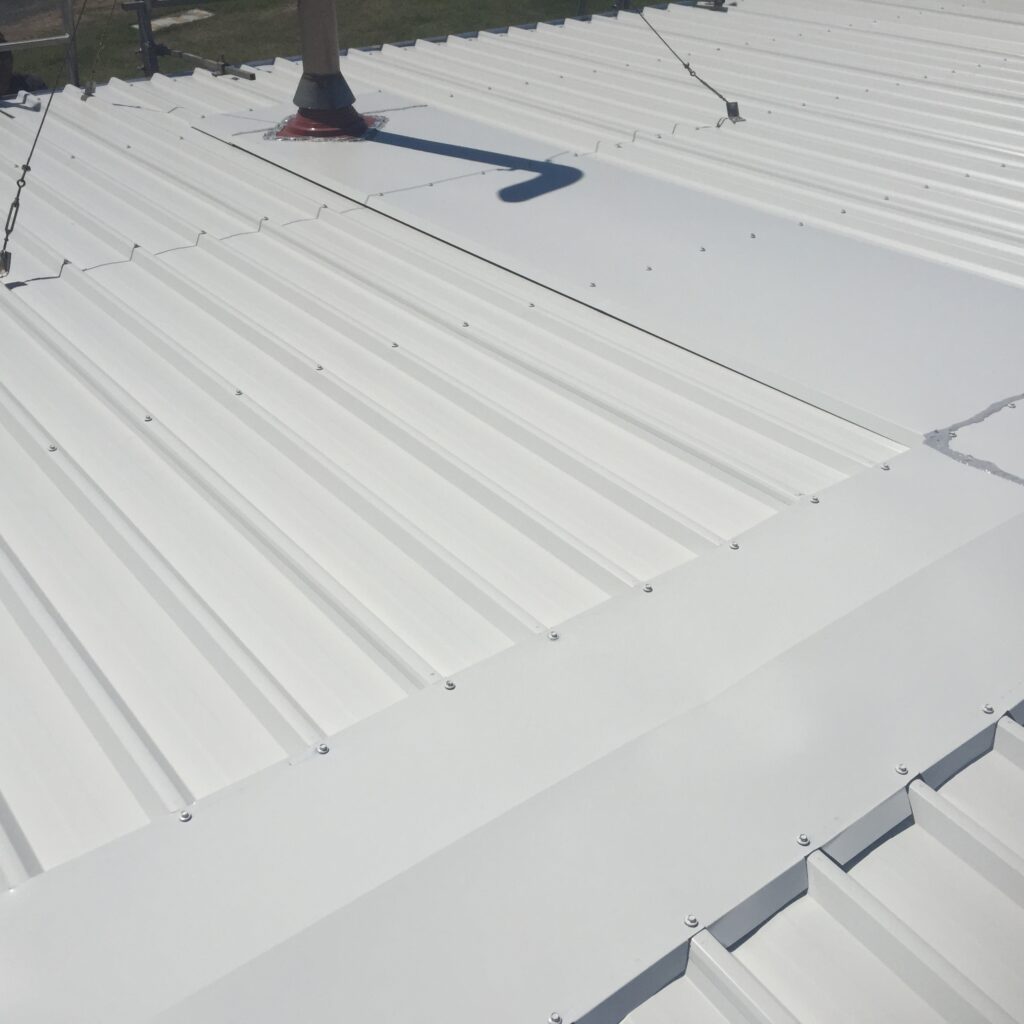
3. Add shade
The roof slabs are made of concrete, which is a very dense material – it retains heat for a very long time and then transfers it to the indoors. The temperatures can be controlled by creating shade on the rooftop because shaded areas are cooler than the surroundings.
Go for high walls or trellises along the perimeter of the roof, like in the photo here; this is an interesting way to shade the roof.
Introduce design features, such as pergolas with creepers, to create shade.
4. Go for heat-resistant flooring
Go for flooring materials such as wooden deck tiles or terracotta tiles that do not absorb or transfer as much heat to the lower floors and are comfortable to walk on even during peak summers.
5. Install solar panels
Alternatively, one can cover the roof with solar panels. The solar panels comprise photovoltaic cells and block the heat from hitting the roof, as in his example. Instead, these panels capture the sun’s energy and convert it into electricity.
Note that the whole roof can be covered with solar panels only in multi-storied buildings or apartment complexes where the roof is primarily used for building services.
A cool roof is one that has been designed to reflect more sunlight and consume less heat than a standard roof. Cool roofs can be made of a deeply reflective type of paint, a sheet covering, or highly reflective tiles or shingles.
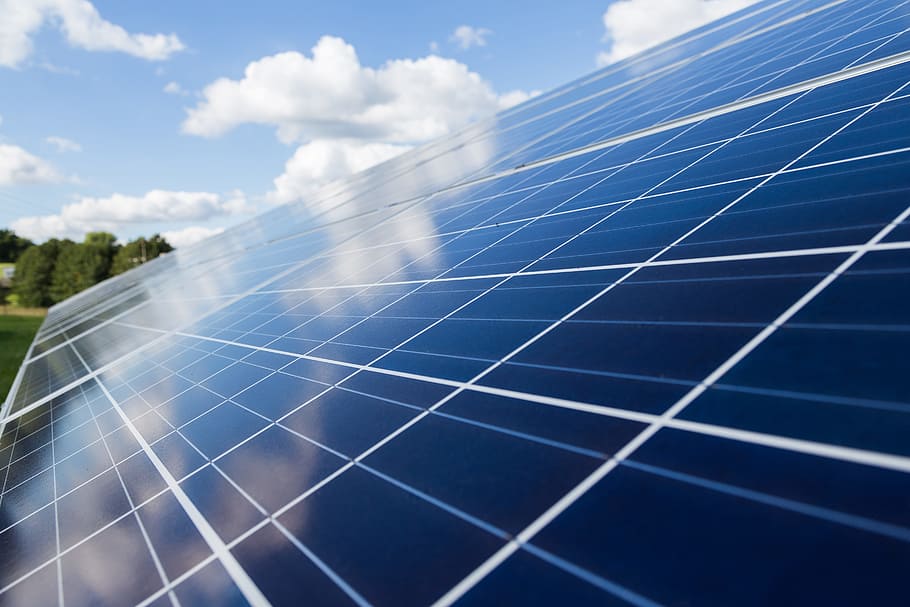
Cool roofs can be made of a highly reflective type of paint, a sheet covering, or profoundly reflective tiles or shingles. Standard or dark roofs can reach temperatures of 150°F or more in the summer sun. A cool roof under the same conditions could stay more than 50°F cooler and save energy and money by using less air conditioning.
Benefits of Cool Roofs
- Reducing energy bills by decreasing air conditioning needs
- Improving indoor comfort for spaces that are not air conditioned, such as garages or covered patios
- Decreasing roof temperature, which may extend roof service life.
- Reduce local air temperatures (sometimes referred to as the urban heat island effect)
- Lower peak electricity demand, which can help prevent power outages
- Reduce power plant emissions, including carbon dioxide, sulfur dioxide, nitrous oxides, and mercury, by reducing cooling energy use in buildings.
Deciding Whether to Install a Cool Roof
If you are building a new home, you can decide during the planning phase what type of roof to install and whether it should be a cool roof. If you want to convert an existing roof into a cool roof, you have three basic options:
- Retrofit the roof with a specialized heat-reflective material
- Re-cover the roof with a new waterproofing surface (such as tile coating)
- Replace the roof with a cool one.
Cost and Energy Savings
A cool roof does not necessarily cost more than a non-cool roof, particularly if you are installing a new roof or replacing an existing one. However, converting a standard roof that’s in good condition into a cool roof can be expensive. Major roof costs include upfront installation (materials and labour) and continuous maintenance (repair, recoating, and cleaning). Additional cool roof costs include specialized materials and labour.
Climate and Environment
Your climate is an important consideration when deciding whether to install a cool roof. Cool roofs achieve the greatest cooling savings in hot environments but can increase energy costs in colder climates due to reduced beneficial wintertime heat gains.
Moisture Control
In warm, moist areas, cool roof surfaces can be more susceptible to algae or mould growth than hot roofs. Some roof coatings include special chemicals that prevent mould or algae growth for a few years.
In cold climates, roofs can accumulate moisture through condensation, and it is possible that cool roofs might be more susceptible to accumulating moisture than dark roofs of the same design. Condensation can be avoided using proper design techniques.

